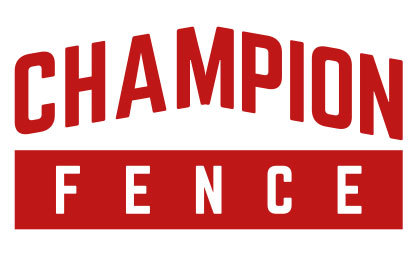If you’re considering a new fence installation, you’re probably wondering whether you can go the DIY route or if you should hire a contractor. Here is a list of things that will need to be done regardless of which direction you choose:
• Utility line locating.
By law, homeowners and contractors alike must notify utility companies prior to excavation. This step is marked off your list by making a call to the Oklahoma one call system known as CallOkie (800) 522-6543.
• Remove the old fence.
(Tips and tricks to come in a later blog!)
•Property line identification.
In the case of new construction, it’s best to find the surveyor’s pins, which can be found at corners and/or other points the property line may change direction. An official drawing of the property in relation to the house/building is also commonly used. If you are removing an old fence, old post settings may be used to determine a line for your new posts.
• Post placement and layout.
Tap some stakes in the ground. Then from point A to B stretch a tight string, making sure it is aligned along the pre-determined property line. It’s almost time to excavate (digging for most of us). This next step will differ depending on what type of fence.For Round Rail Ranch, ornamental, and other types that have an exact distance between sections, I prefer to dig my hole, assemble the section, and then move on to the next hole.
For cedar privacy and chain link fences the post placement is not as exact, so I will mark my post spacing with cheap spray paint on the ground before digging begins. 95” on center for privacy and approximately 10ft for the chain link.
• Obstacles in the ground.
If not for rocks, roots, and plain old hard dry clay, fencing would be a breeze. Most of the time you can adjust the distance between your posts to avoid a large buried rock or root. Sometimes it is necessary to go through the root with repeated blows from a sharp rock bar. And on occasion a jackhammer is required for rock removal.
If you’re a Do It Yourselfer be sure to check out the tips on how to build specific types of fence on my other blogs. I’m available to answer questions Monday thru Friday 8a-5p.
Robert Cervantez
Champion Fence Tulsa
918-857-6310




